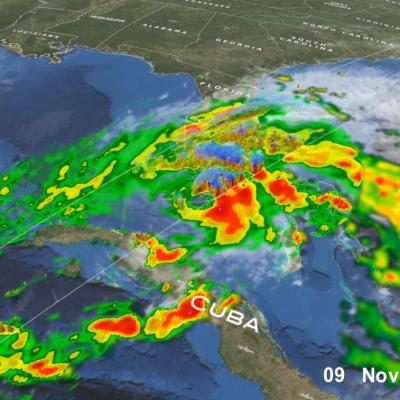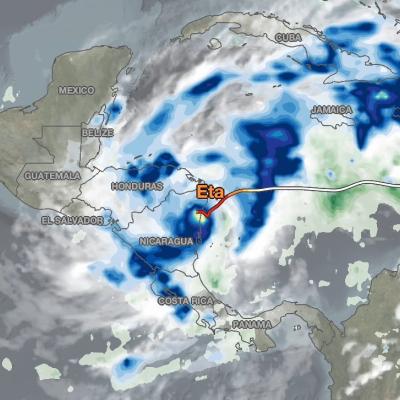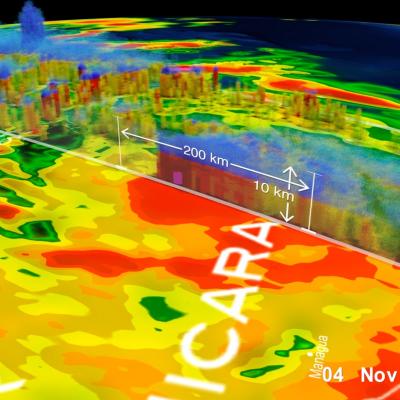The NASA-JAXA Global Precipitation Measurement Mission - Part II: New Frontiers in Precipitation Science. Weather
Publication Year
Journal
Weather
DOI
10.1002/wea.3869
Mission Affiliation
Major Category




